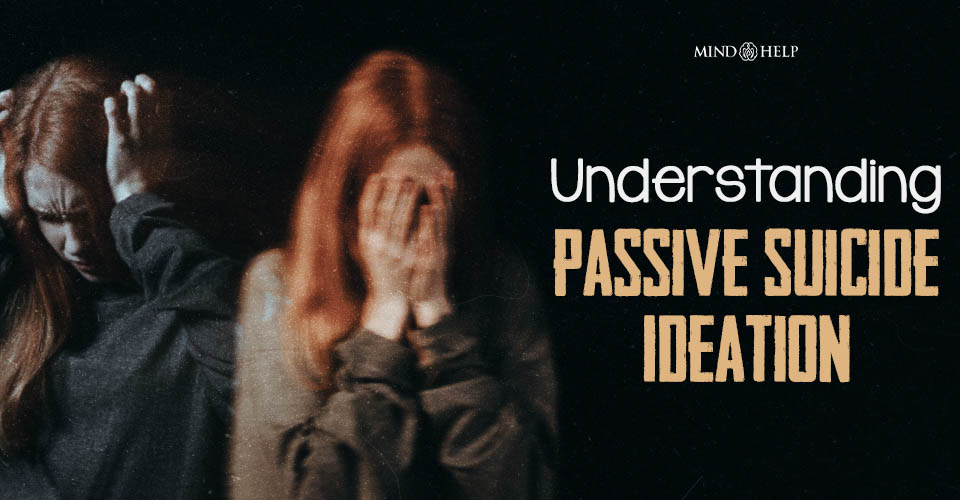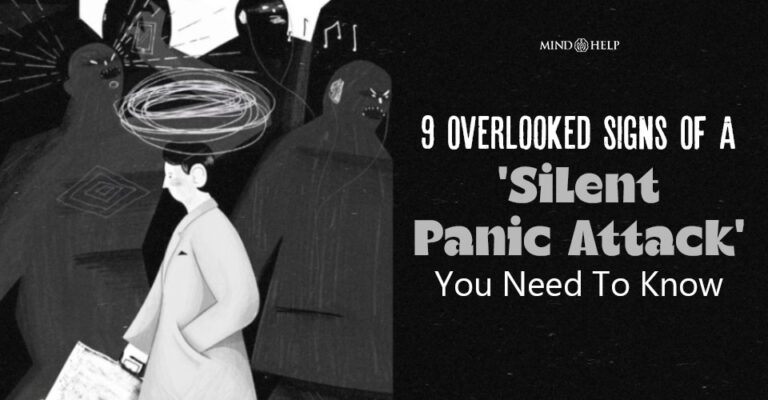Trigger Warning: This article on Passive Suicide Ideation includes sensitive discussions related to suicidal thoughts and mental health. Readers who are currently struggling are encouraged to prioritize their well-being and seek professional support. If you or someone you know is in crisis, please contact a licensed mental health professional or a crisis intervention service immediately.
What Is Passive Suicide Ideation?
Passive Suicide Ideation (Passive SI) refers to recurring thoughts or desires about death or dying without any active intention or concrete plan to take one’s own life. Individuals experiencing Passive SI may frequently think or express sentiments such as “I wish I didn’t wake up tomorrow” or “It would be easier if I were gone”. While no suicidal action is pursued, the psychological suffering remains profound.
Unlike active suicidal ideation, which involves planning or attempts, passive SI manifests as an emotional resignation—a wish to escape existence without necessarily committing an act of self-harm. Clinically, it can indicate unresolved psychological distress and potential risk for escalation if left unacknowledged.
Passive Suicide Ideation Symptoms: Common Indicators and Emotional Markers
The signs of Passive SI are often subtle and can easily be misinterpreted or overlooked. Yet, they carry clinical significance and deserve careful attention. Some of the notable symptoms include:
- Expressions of hopelessness, emotional numbness, or despair
- Social withdrawal or isolation from previously enjoyed activities
- Disrupted sleep patterns (insomnia or hypersomnia)
- Persistent sadness or volatile mood swings
- Giving away personal items without a discernible reason
- Evidence of self-harm or unexplained injuries
- Heightened irritability, anxiety, or emotional outbursts
- Increased reliance on substances such as alcohol or drugs
- Researching methods of suicide without engaging in them
- Saying goodbye in a manner that suggests closure or departure
Such symptoms reflect deep emotional pain and psychological exhaustion. Often, individuals experiencing these may not even realize they are experiencing suicidal ideation in a passive form.
Five Clinically Important Realities About Passive Suicide Ideation
1. Is Passive Suicidal Ideation “Normal”?
Although fleeting thoughts about death may arise during moments of acute stress or existential questioning, chronic passive suicide ideation is not a benign or “normal” response to life challenges. It signals an underlying mental health condition—typically depressive or mood-related disorders—and should be taken seriously. Internalized pain is not a necessary part of human life, and suffering should not be normalized.
2. Passive Suicide Ideation Vs Active Suicide Ideation: A Matter of Degree or Distinct Pathology?
While active SI involves clear planning or intent to end one’s life, passive SI lacks actionable steps yet arises from similar psychological underpinnings. Both forms often stem from conditions such as:
- Major Depressive Disorder
- Bipolar Spectrum Disorders
- Obsessive-Compulsive Disorder
- Post-Traumatic Stress Disorder
- Minority Stress (e.g., LGBTQIA+ identity without affirming support)
- Prolonged social exclusion or discrimination
Research suggests that the differentiation between passive and active SI may lie less in the severity of distress and more in individual traits, such as a person’s emotional capacity, interpersonal beliefs, and cognitive restraints against self-harm.
Importantly, individuals with Passive SI may lack the ability or intent to inflict violence on themselves, but their internal suffering is no less intense. Feelings of worthlessness or being a burden can serve as critical risk factors—especially if protective social ties begin to deteriorate.
3. Why Passive SI Should Never Be Dismissed
Passive SI can serve as a precursor to active suicidal behavior. Moreover, even without an intent to die, individuals may engage in self-neglect or high-risk behaviors indicative of a diminished self-preservation instinct. These behaviors may include:
- Driving recklessly or omitting safety measures
- Substance misuse or intentional overdose
- Ignoring medical treatments or self-care needs
- Entering unsafe environments or engaging in harmful relationships
These are not merely signs of apathy—they reflect a compromised will to survive. Clinicians must view these patterns as red flags and intervene accordingly.
4. Intrusive Thoughts vs Passive SI: Key Distinctions
Intrusive thoughts about death are unwanted, involuntary mental images or ideas, often incongruent with the individual’s actual desires. For example, imagining oneself dying in an accident may cause distress but does not reflect a wish to die.
In contrast, Passive SI represents a latent desire—conscious or subconscious—to cease existing. These thoughts are not always disturbing; rather, they may feel like a tragic relief. Understanding this distinction is crucial in clinical assessment and therapeutic intervention.
5. Passive Suicide Ideation Is Treatable
With the right therapeutic strategies and support systems, Passive SI can be effectively addressed. Evidence-based approaches include:
A. Self-Monitoring and Emotional Reflection:
Journaling or using mood-tracking tools can provide insight into patterns, triggers, and emotional states. Recognizing these patterns helps differentiate between thoughts and identity.
B. Self-Care and Mindfulness:
Engaging in activities that foster emotional regulation—such as reading, guided meditation, or creative expression—can support cognitive restructuring and emotional balance.
C. Creating a Personal Safety Plan:
A structured, proactive safety plan can be a lifesaving resource. This may involve:
- Listing emergency contacts and supportive individuals
- Identifying personal coping mechanisms and grounding techniques
- Accessing helpful distractions (music, books, videos)
- Saving hotline numbers for immediate support
D. Professional Treatment:
There is no single treatment designed specifically for Passive SI, but since it typically occurs within the spectrum of mood and depressive disorders, it responds well to:
- Psychotherapy (e.g., Cognitive Behavioral Therapy, Dialectical Behavior Therapy)
- Pharmacological Interventions (e.g., antidepressants, mood stabilizers)
- Integrated Treatment Plans combining both approaches
Read: When The Weekend Feels Heavy: Understanding And Coping With Weekend Depression
Disclaimer: This article is for informational purposes only and is not intended as a substitute for professional mental health advice, diagnosis, or treatment. While we strive for accuracy, we do not guarantee the completeness or reliability of the information provided. Readers should always seek guidance from a qualified mental health professional for any concerns regarding their mental well-being.
A Cry for Relief, Not a Death Wish
Passive suicide ideation is often a manifestation of psychological fatigue, a yearning to escape pain rather than life itself. For many individuals, these thoughts emerge in response to chronic emotional exhaustion, unresolved trauma, or a perceived lack of meaning, connection, or support.
When a person feels emotionally paralyzed and unable to envision a path forward, these thoughts may offer a misguided sense of control or conclusion. Yet, they are ultimately signals—calls for help, for hope, for healing.
Through clinical intervention, compassionate dialogue, and accessible support, recovery is possible. Whether you are personally experiencing these thoughts or supporting someone who is, remember: the presence of pain does not mean the absence of potential.
There is always a way forward. Life, despite its challenges, holds the capacity for renewal, connection, and transformation.
Don’t suffer in silence—reach out. Healing begins with a conversation.







